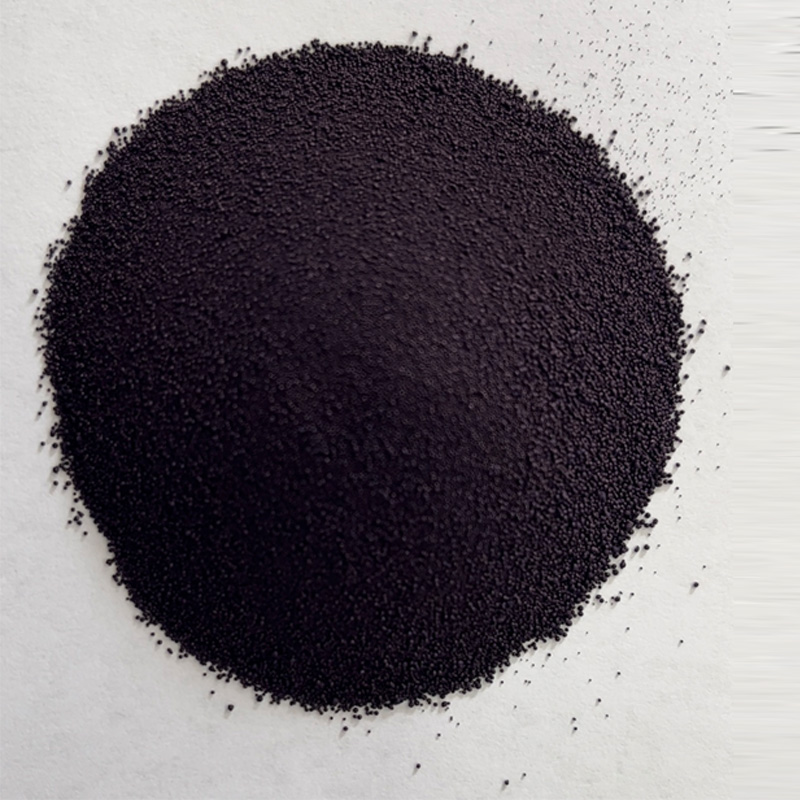Innovative Dye Solutions for Blue Jeans Manufacturers Enhancing Color Quality and Durability
The Science of Dyes in Blue Jeans Manufacturing
Blue jeans have become an iconic garment worldwide, transcending fashion trends and cultural boundaries. However, the rich hue that defines these beloved pants doesn’t simply come from the fabric itself; it largely stems from the dyes used in their production. Understanding the science behind the dyes for blue jeans manufacturing reveals an intricate process that influences not only the aesthetics of jeans but also their environmental impact.
The Role of Indigo
Traditionally, the dye used for blue jeans is indigo, a natural dye derived from the indigo plant. Indigo has a long history, dating back thousands of years, and is known for its vibrant blue color. In the context of blue jeans, indigo dye is unique because it is applied to the surface of the fabric rather than being absorbed. This characteristic allows for the gradual fading that denim enthusiasts cherish. Over time, wear and tear reveal the underlying fibers, creating unique patterns and color variations that tell the story of the jeans' journey.
However, modern manufacturing has also introduced synthetic alternatives to indigo. These synthetic dyes can offer consistency and lower costs, allowing manufacturers to produce denim fabrics on a large scale. Yet, the use of synthetic dyes raises environmental concerns, as many of these dyes are derived from petroleum-based products and can be harmful if not managed properly.
Environmental Considerations
Dyeing processes, particularly those involving indigo and other synthetic dyes, can have significant environmental impacts. The water used in dyeing is often polluted with chemical runoff, which can contaminate local water sources and harm aquatic life. Additionally, the production of synthetic dyes typically involves high energy consumption and the release of greenhouse gases.
dyes for blue jeans manufacturer

In response to growing environmental awareness, many manufacturers are now turning to more sustainable practices. Innovations in dyeing technology—such as the use of waterless dyeing systems and natural dyes—are on the rise. For instance, some companies are experimenting with plant-based dyes, which are less harmful to the environment. Brands are also focusing on recycling water used in dyeing processes and adopting closed-loop systems to minimize waste.
The Future of Blue Jeans Dyes
As consumers become more conscious of sustainability and environmental issues, the demand for eco-friendly dyes will likely continue to rise. This shift is evident in the practices of many emerging denim brands that prioritize transparency, sustainability, and ethical manufacturing. By investing in research and development, these brands are working to create innovative dyeing processes that minimize environmental impact while maintaining the classic aesthetic of blue jeans.
The future may also see advances in digital dyeing techniques, which allow for customized patterns and colors without extensive chemical processes. This technology not only enhances creativity in denim design but also reduces waste associated with traditional dyeing operations.
Conclusion
Dyes for blue jeans manufacturing play a fundamental role in defining the fabric's unique identity and appeal. The transition from traditional natural dyes to synthetic alternatives presents both opportunities and challenges, particularly concerning environmental sustainability. As the industry evolves, consumer preferences for eco-friendly products are pushing manufacturers to rethink their dyeing processes and embrace innovations that prioritizes both style and sustainability. The evolution of dyes in blue jeans manufacturing reflects the ongoing dialogue between fashion, technology, and environmental responsibility, ultimately steering the garment industry towards a greener future.
-
The Timeless Art of Denim Indigo Dye
NewsJul.01,2025
-
The Rise of Sulfur Dyed Denim
NewsJul.01,2025
-
The Rich Revival of the Best Indigo Dye
NewsJul.01,2025
-
The Enduring Strength of Sulphur Black
NewsJul.01,2025
-
The Ancient Art of Chinese Indigo Dye
NewsJul.01,2025
-
Industry Power of Indigo
NewsJul.01,2025
-
Black Sulfur is Leading the Next Wave
NewsJul.01,2025

Sulphur Black
1.Name: sulphur black; Sulfur Black; Sulphur Black 1;
2.Structure formula:
3.Molecule formula: C6H4N2O5
4.CAS No.: 1326-82-5
5.HS code: 32041911
6.Product specification:Appearance:black phosphorus flakes; black liquid

Bromo Indigo; Vat Bromo-Indigo; C.I.Vat Blue 5
1.Name: Bromo indigo; Vat bromo-indigo; C.I.Vat blue 5;
2.Structure formula:
3.Molecule formula: C16H6Br4N2O2
4.CAS No.: 2475-31-2
5.HS code: 3204151000 6.Major usage and instruction: Be mainly used to dye cotton fabrics.

Indigo Blue Vat Blue
1.Name: indigo blue,vat blue 1,
2.Structure formula:
3.Molecule formula: C16H10N2O2
4.. CAS No.: 482-89-3
5.Molecule weight: 262.62
6.HS code: 3204151000
7.Major usage and instruction: Be mainly used to dye cotton fabrics.

